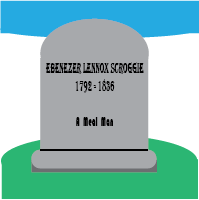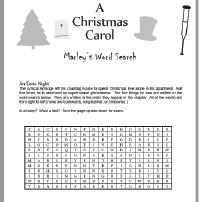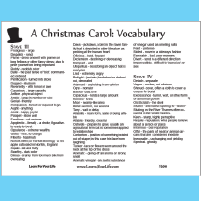A Christmas Carol Unit Study
Unlock the hidden meanings, literary devices and word plays used by
Charles Dickens in our Christmas Carol Unit Study.
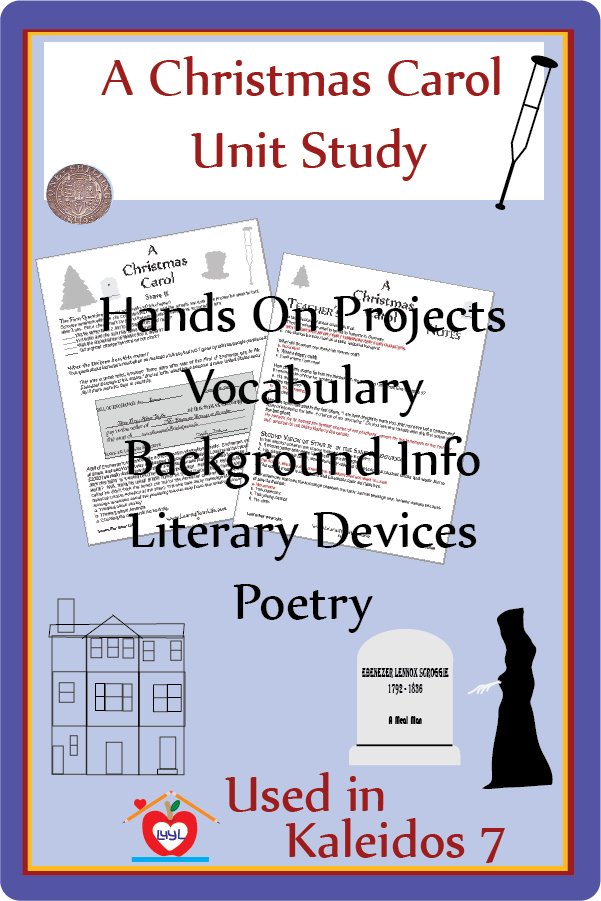
Print Our Christmas Carol Unit Study
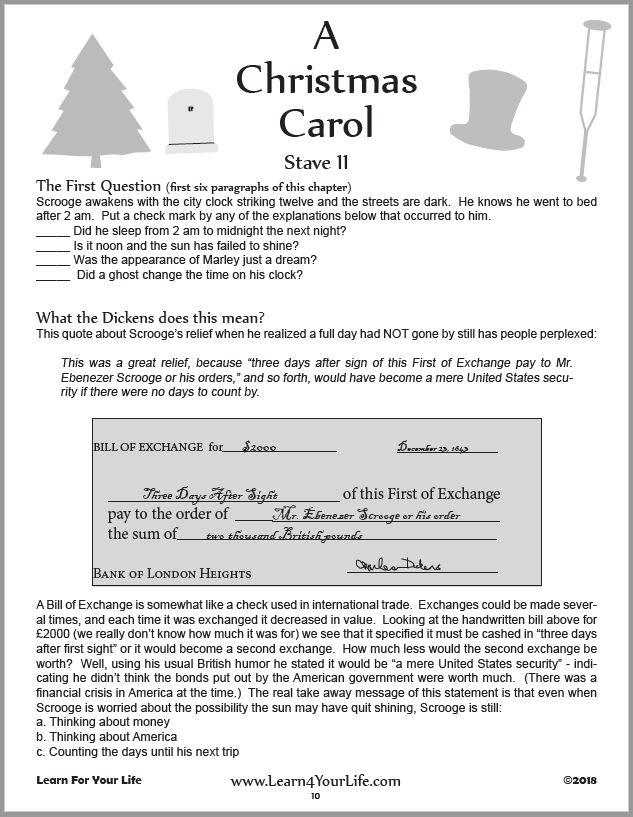
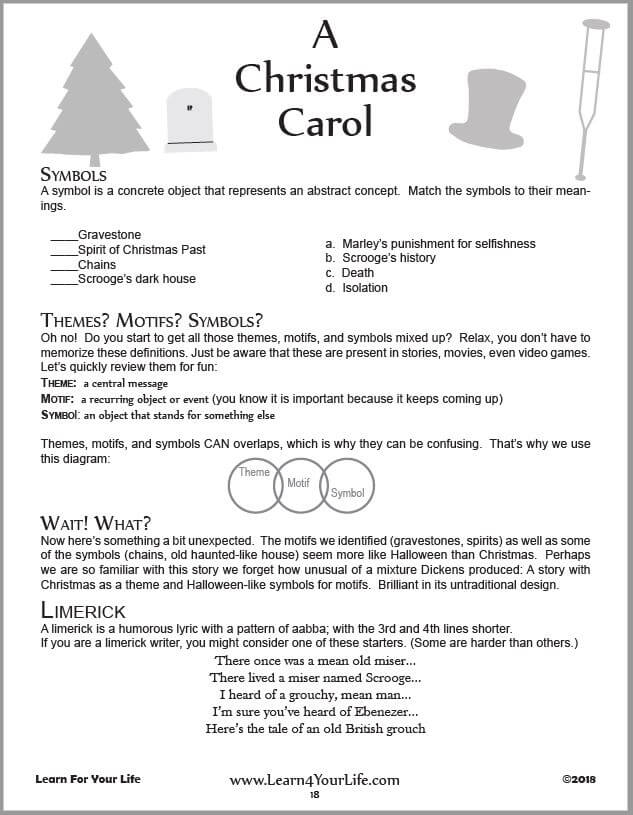
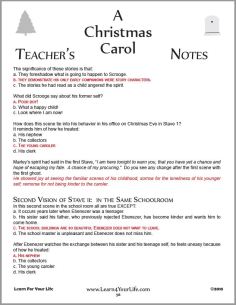
Student Guide AND Teacher's Answer Key Included
$2.99 Download - 84 pages
![]()
What Is In Our Christmas Carol Unit Study?
Answer: Everything you need for a hauntingly great unit!
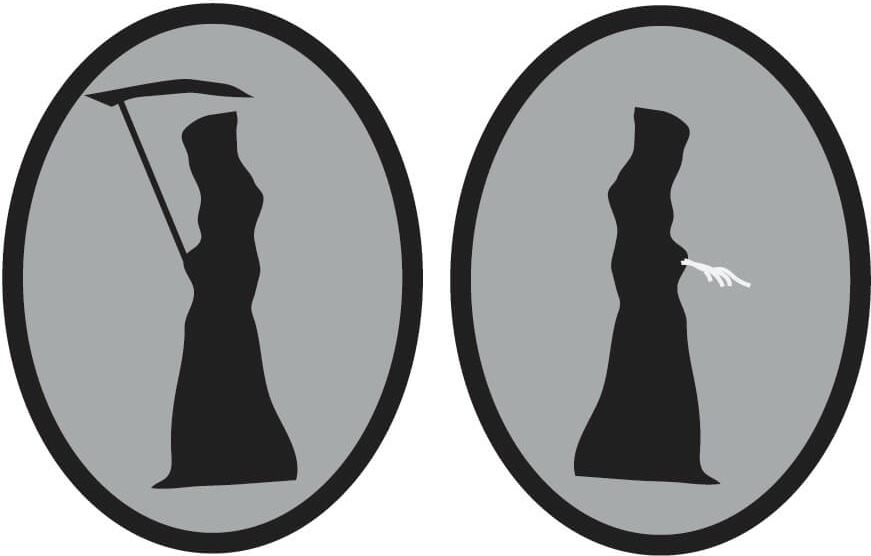
- Is the Ghost of Christmas Past the same character as the Grim Reaper?
- Was there a real Ebenzer Scrooge?
- What does Belle's dress tell you about her?
- How poor was Bob Cratchit really?
Those little helps make it easier to understand what "apoplectic oppulence" might be; as well as to know who "Old Scratch" was and why "Hooker Walker" and "Joe Miller" made it into the story.
Christmas Carol Vocabulary
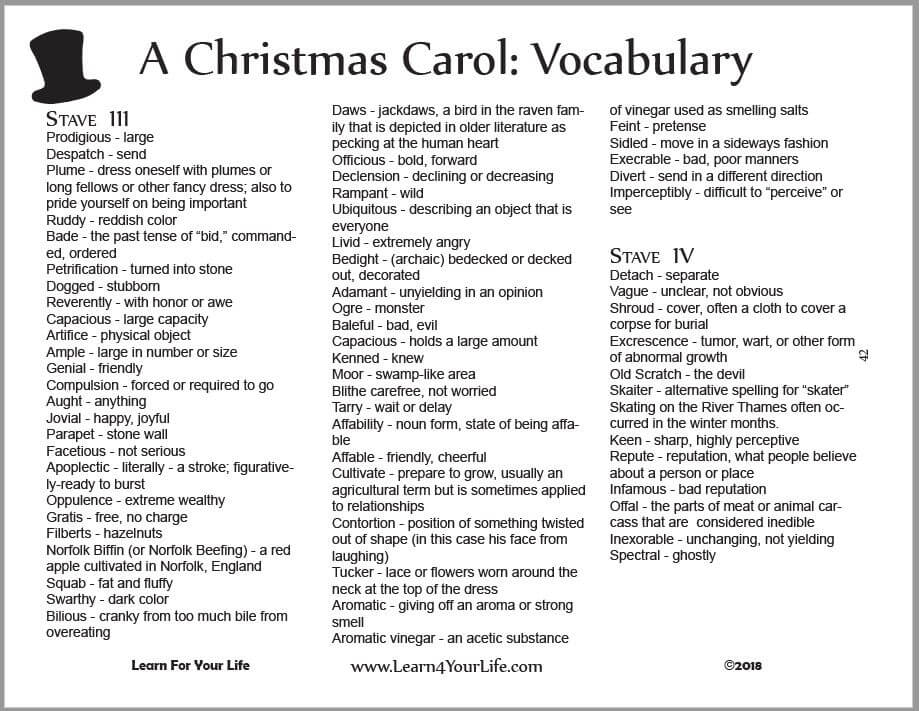
In addition, we have some additional information to help them understand the history behind some words. So if you don't know what a laocoon is, have never seen a Norfolk Biffin, worn a tucker, or put anything in a hob - we will have you covered.
Christmas Carol Middle School Lessons
May Be Adapted for Older/Younger Students
In the Kaleidos Language Arts program we read The Christmas Carol in 7th grade; though it is often read in other programs anywhere from 6th to 9th grade.Certainly younger students are familiar with the story and younger siblings can work on some of the same projects. And it is perfectly acceptable for high school students and older to read any Dickens book as one of their classics.
Reading Comprehension Questions vs Pointer Questions
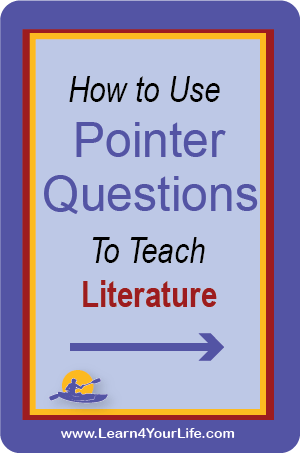 The unit study is divided by the st
aves in the book, and for each stave there are questions regarding the content and action plot in that stave. These questions can be considered reading comprehension questions (you will know if they get them right that they did indeed read the material.)
The unit study is divided by the st
aves in the book, and for each stave there are questions regarding the content and action plot in that stave. These questions can be considered reading comprehension questions (you will know if they get them right that they did indeed read the material.) Most of the questions are also Pointer Questions (Just for clarification: questions can be both reading comprehension and pointer - or one, or the other, or neither.) So what is a pointer question?
Pointer questions point the students' attention to the subtle but significant changes in the plot or character development that they might have missed. As a whole, readers are interested in the action - the "what" of what of the plot. It is easy for them to overlook the "why" and the "how" as they excitedly follow the adventure of the characters.
Pointer questions point to the important points in the narrative.
Therefore, most pointer questions can be asked as discussion questions. Read the stem of the question, and don't give the multiple choice answers, let them think and develop their verbal response.
But on those days you don't have time, its nice to hand them the Christmas Carol student pages and let them read and answer. You can rest assure that the pointer questions are pointing them to the significance in the plot.
Super Writer Challenges
We have super writer challenges based on model sentences within the text. These aren't boring models, but some examples of real sizzlers penned by Dickens. We look at how he did it, and see if we can do it ourselves.These are fun activities that stretch the writing skills of any communicator.
Chapter by Chapter Activities
There are a total of five staves (or chapters) in the story. We have a list of the summaries and activities in the five staves of "The Christmas Carol."

Best Quotes
We use some of the best Christmas Carol quotes for a specific purpose in each chapter.- Stave 1: Analyze Character
- Stave 1: Match response to each individual
- Stave 2: Assess sentences in Marley and Scrooge's conversation
- Stave 2: Find how mood is transmitted with words
- Stave 2: Understand all of Belle's rationale for her decision
- Stave 3: Investigate the listing style of writing employed by Dickens for different scenes
- Stave 3: Scrutinize his conversation with the ghost of Christmas present
- Stave 3: Find brilliant similes and metaphors
- Stave 4: Use of adjectives in model sentences
- Stave 4: Colloquialism in speech
- Stave 5: Contrast Scrooge's reputation and responses from Stave 1 and Stave 5
More Christmas Carol Activites
Dramatic oral readings, making a bread pudding, playing the same parlor games Fred played with his guests; there's lots we can do to experience a Dicken's holiday.How about listening to the music or trying the dance at Fezziwig's party?
And don't forget to watch at least one, if not two or three different versions of this all-time favorite.
Make sure you get your copy of this 84 page resource which will turn the reading of this tale into a unit none of you will forget.
Print Our Christmas Carol Unit Study



Student Guide AND Teacher's Answer Key Included
$2.99 Download - 84 pages
![]()
Our Christmas Carol Pages
Fun facts, great quotes, vocabulary words, and extra resources
About Our Site
Hands-On Learning



